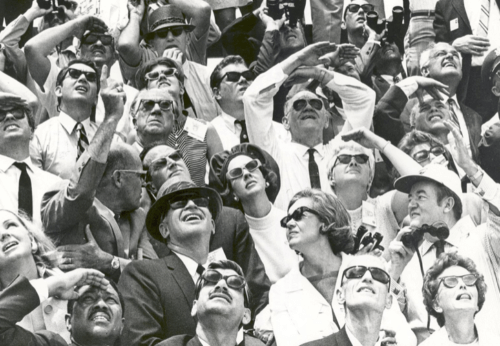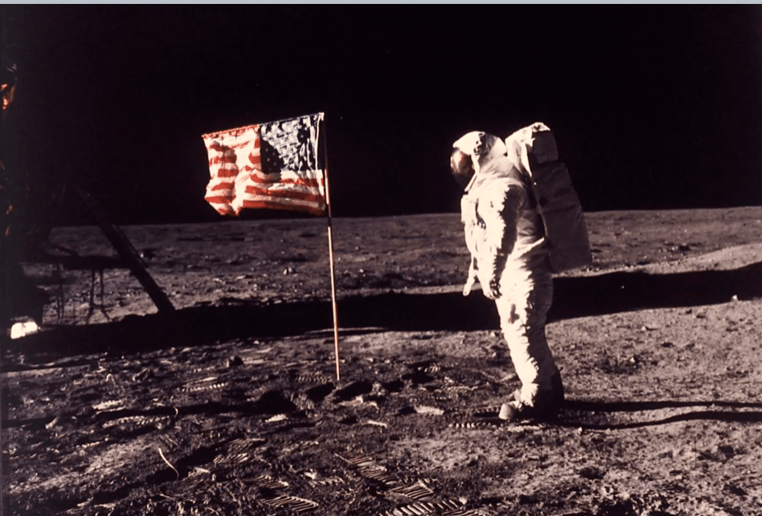As we launched the new school year this week, I borrowed the theme of “Shoot for the Moon” as I highlighted for all 991 Colorado Academy students this summer’s 50th anniversary of the launch of Apollo 11 and the day that three astronauts begin their landmark journey to the moon.
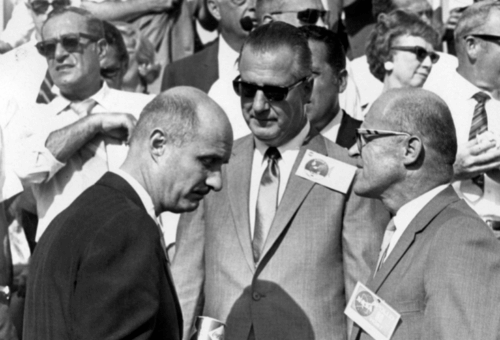 For most adults born in the 60’s or later, they recall exactly where they were as they watched the launch on television. It was estimated that 53 million households tuned in to watch this mission on TV. An estimated one million spectators watched the launch from the highways and beaches in the vicinity of the launch site, and another quarter of a million people were at Cape Canaveral watching the launch live. I was one of them. I was only seven months old at the time, and my family snuck me in. My grandfather Albert F. Seipert, known as Skipper, was Deputy Director of Cape Canaveral. He was responsible for overseeing the massive construction project and the creation of the infrastructure that supported the Apollo 11 launch.
For most adults born in the 60’s or later, they recall exactly where they were as they watched the launch on television. It was estimated that 53 million households tuned in to watch this mission on TV. An estimated one million spectators watched the launch from the highways and beaches in the vicinity of the launch site, and another quarter of a million people were at Cape Canaveral watching the launch live. I was one of them. I was only seven months old at the time, and my family snuck me in. My grandfather Albert F. Seipert, known as Skipper, was Deputy Director of Cape Canaveral. He was responsible for overseeing the massive construction project and the creation of the infrastructure that supported the Apollo 11 launch.
I shared video with the students of my grandfather shaking hands just prior to lift-off with former Arizona Senator Barry Goldwater, U.S. President Lyndon Johnson and Lady Bird Johnson, and many more. Other dignitaries present that day included the Chief of Staff to the United States Army, General William Westmoreland, four cabinet members, 19 state governors, 40 mayors, 60 ambassadors, and 200 members of Congress.
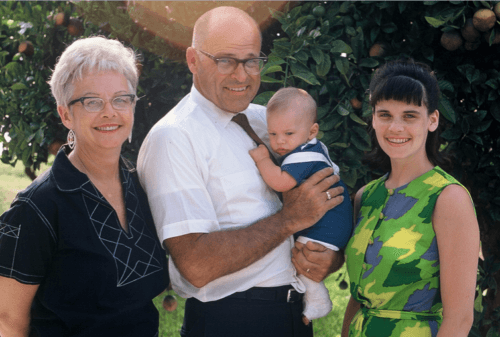
I spoke with our students about the collective and collaborative work of teams of engineers, pilots, scientists, mathematicians and others who made possible what previous generations had only dreamed of – sending a human being to the moon, and bringing them back again, safely.
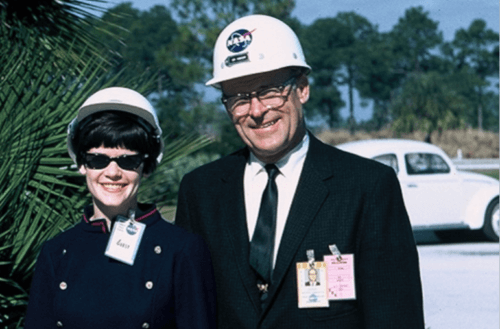
Most importantly, I wanted our students to understand how the power of teamwork, determination, and talent can take us to new heights. We are looking forward to a tremendous school year!
